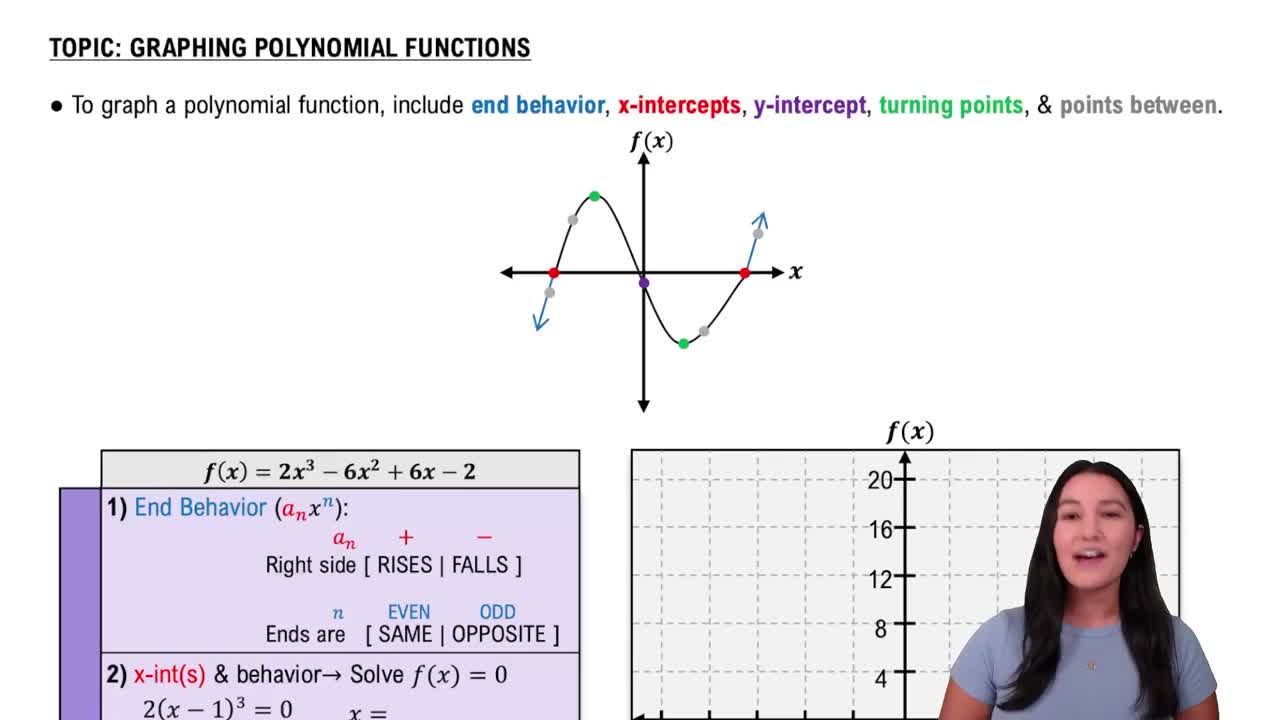Here are the essential concepts you must grasp in order to answer the question correctly.
Rational Inequalities
Rational inequalities involve expressions where a rational function is compared to a value, typically using inequality symbols like ≥, ≤, >, or <. To solve these inequalities, one must find the values of the variable that make the inequality true, often requiring the identification of critical points where the rational expression is zero or undefined.
Recommended video:
Rationalizing Denominators
Interval Notation
Interval notation is a mathematical notation used to represent a range of values on the real number line. It uses parentheses and brackets to indicate whether endpoints are included (closed intervals) or excluded (open intervals). For example, (a, b) represents all numbers between a and b, not including a and b, while [a, b] includes both endpoints.
Recommended video:
Graphing Solution Sets
Graphing solution sets involves visually representing the solutions of an inequality on a number line. This includes marking critical points and shading the appropriate regions to indicate where the inequality holds true. Understanding how to accurately depict these solutions helps in visualizing the behavior of the rational function and its inequalities.
Recommended video:
Graphing Polynomial Functions
 Verified step by step guidance
Verified step by step guidance Verified video answer for a similar problem:
Verified video answer for a similar problem:

